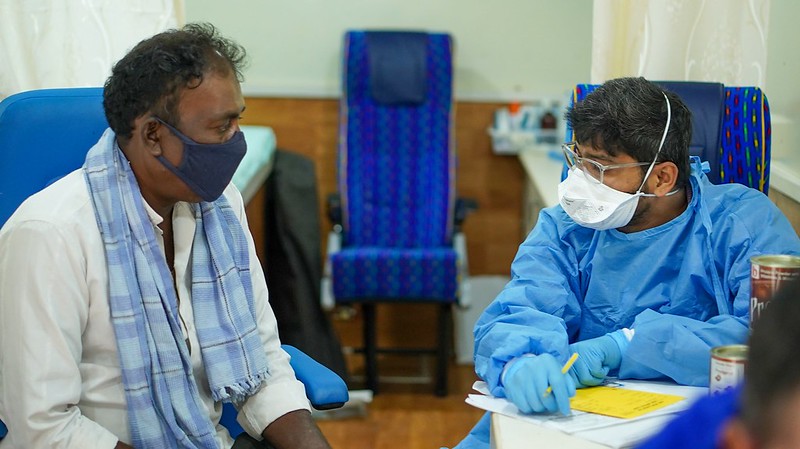 Since the end of 2019, the spread and containment of the novel coronavirus have been on many people’s minds. Throughout the pandemic, it has become clear that money and access to the resources necessary to combat this virus are a privilege that not all countries can afford. However, the needs of impoverished countries in relation to the COVID-19 pandemic have not gone unheard. Various foundations, organizations and governmental leaders from developed countries have made efforts to combat the effects of COVID-19 in populations that need assistance the most. Here are five COVID-19 relief efforts in developing countries.
Since the end of 2019, the spread and containment of the novel coronavirus have been on many people’s minds. Throughout the pandemic, it has become clear that money and access to the resources necessary to combat this virus are a privilege that not all countries can afford. However, the needs of impoverished countries in relation to the COVID-19 pandemic have not gone unheard. Various foundations, organizations and governmental leaders from developed countries have made efforts to combat the effects of COVID-19 in populations that need assistance the most. Here are five COVID-19 relief efforts in developing countries.
5 COVID-19 Efforts in Developing Countries
- The Bill and Melinda Gates Foundation has long fought against global poverty by making healthcare and education accessible to those in need. This foundation has responded to the global health crisis by donating approximately $2 billion to combat the novel coronavirus worldwide. The money that the Bill and Melinda Gates Foundation has donated is used for a variety of measures to combat the pandemic and its effects. Support for the endeavor of creating accurate tools to diagnose individuals with the virus within populations is one such measure. Another is the support of healthcare systems within developing countries with medical resources and front-line working personnel. A third measure is an increase in the availability of digital learning technologies within countries that are suffering further due to a lack of educational resources. The creation of a COVID-19 vaccine was also supported by the Bill and Melinda Gates Foundation.
- Developing nations have come together to assist developing countries struggling with the pandemic’s secondary effects through the G20 Debt Pact. G20 countries created a debt pact in which it was agreed to write off debts that developing countries owed. Due to the expenses of the pandemic, many nations are struggling to repay debts to developed countries. This pact eased the financial burden of countries already suffering from the novel coronavirus.
- Gavi, the Vaccine Alliance is an organization that works to vaccinate populations in developing countries with limited medical resource access. As the novel coronavirus has become a present worldly concern, Gavi has recently been working to make the COVID-19 vaccine available to countries without the necessary resources to purchase vaccine doses independently. Developed countries have thus far obtained the majority of vaccines produced as a result of a monetary advantage. Gavi has urged that the vaccine be more widely distributed as the pandemic will not cease if vaccines are only available in select areas of the world. Its hope is that, by the end of 2021, efforts will allow one billion vaccines to be available to the vulnerable in developing countries.
- The Papal Foundation is a Catholic-based organization working to offer a helping hand to global communities. Part of the mission of the foundation is to assist those who are most vulnerable in the world, regardless of age. This foundation has fulfilled its mission with respect to COVID-19 reduction by donating $1.8 million to the impoverished in the face of this pandemic. Overall, this money goes toward providing individuals in impoverished countries with basic needs and care, as the pandemic has made resources like food and hygienic materials scarce for many.
- The International Monetary Fund (IMF) found that increased COVID-19 testing can be one of the most effective ways for impoverished countries to fight the effects of this pandemic. Increased testing allows for fewer lockdown measures put into place, which can greatly help the economies of these countries. Rapid tests are an inexpensive and effective way of testing mass amounts of people. Moreover, increased testing can help COVID-19 relief efforts by both decreasing the spread of COVID-19 in impoverished countries and increasing desperately needed funds and resources.
The needs of individuals in impoverished countries are still drastic, as many of the economies and medical systems remain underdeveloped amid COVID-19. While the effects of COVID-19 have hit developing countries harder than in other areas of the world, these COVID-19 relief efforts, along with many others, have made a positive impact in combating the virus and its secondary effects.
– Olivia Bay
Photo: Flickr
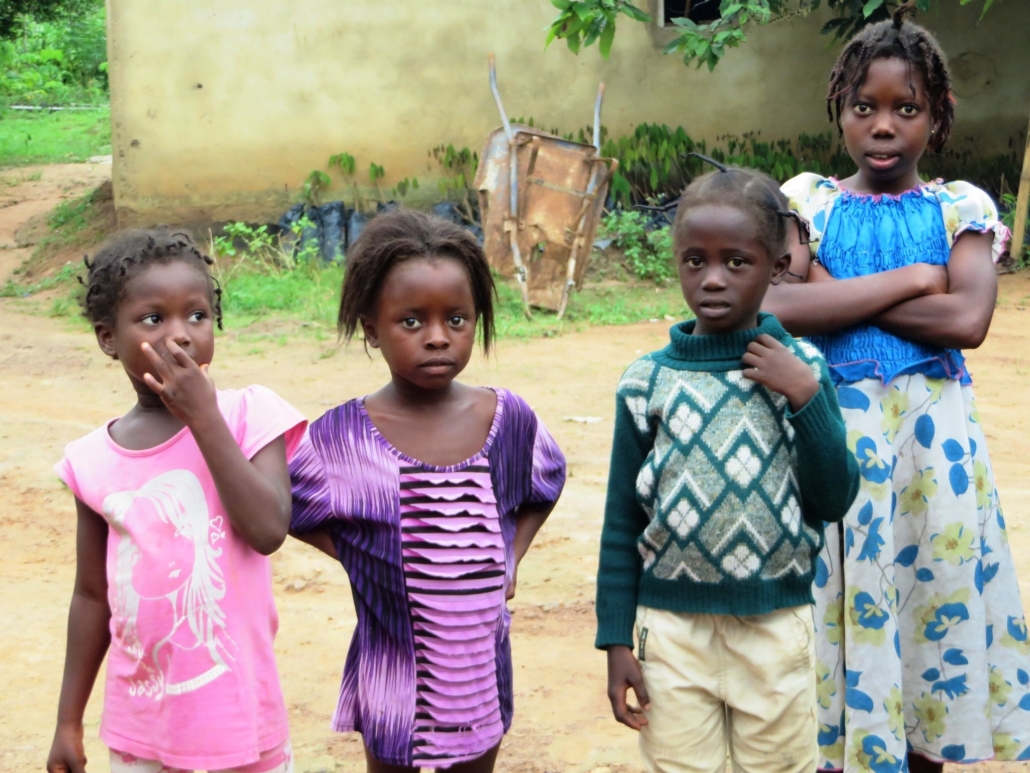
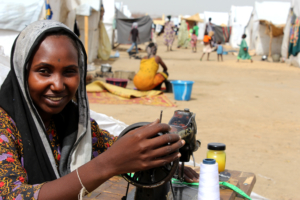
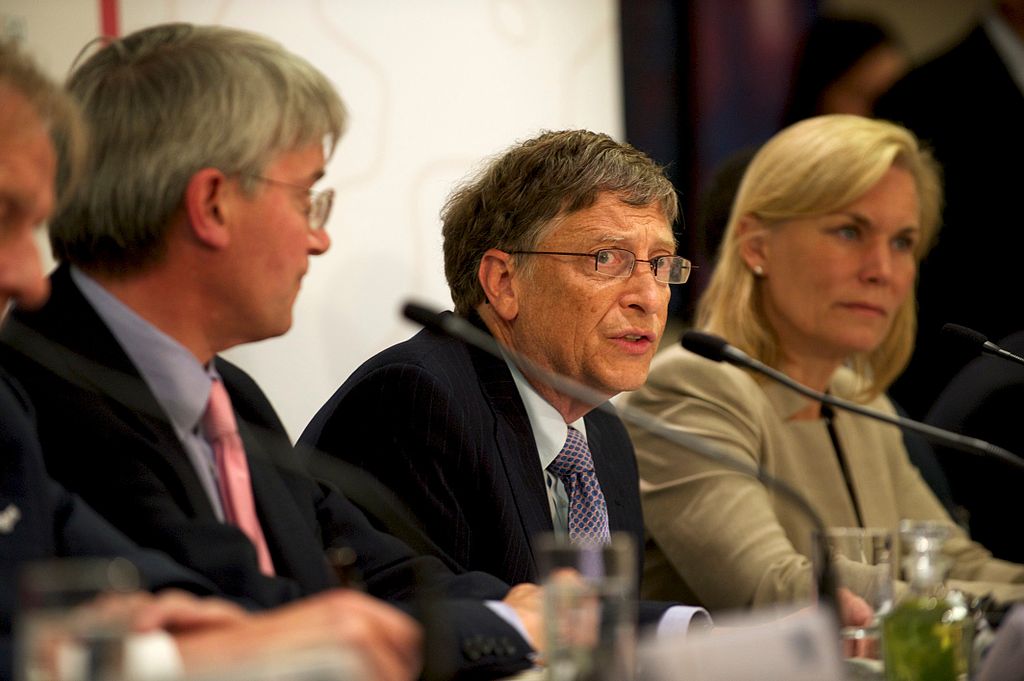
 Gavi, the
Gavi, the 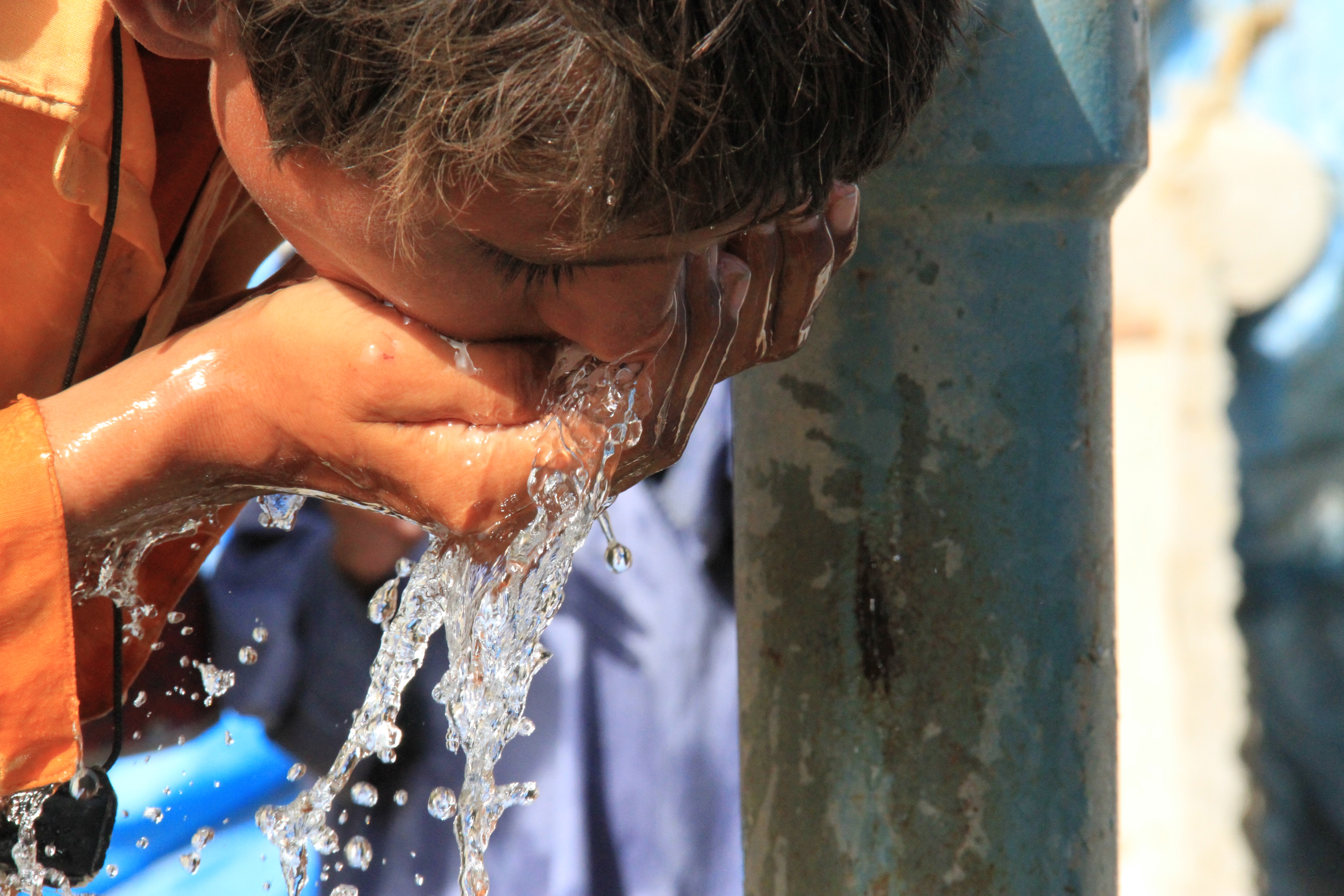
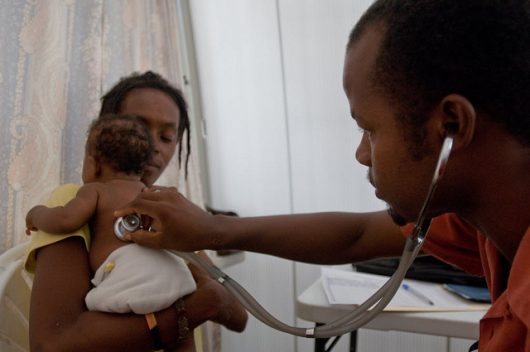
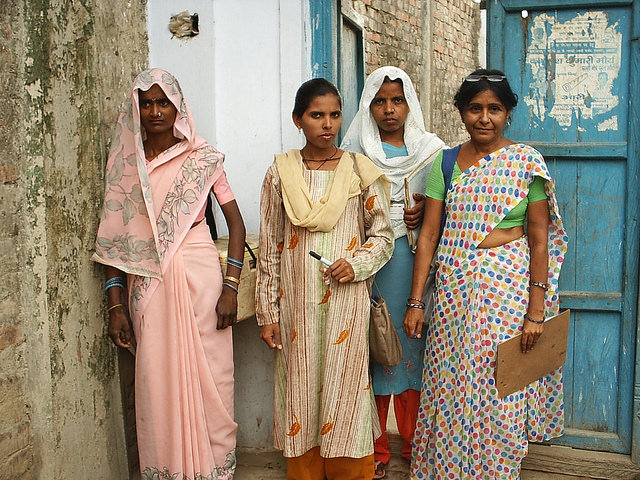 Cervical cancer continues to be a big problem for developing countries. More than eight out of ten cervical cancer deaths will happen in developing countries, in spite of the fact that the tools to prevent cervical cancer are available now.
Cervical cancer continues to be a big problem for developing countries. More than eight out of ten cervical cancer deaths will happen in developing countries, in spite of the fact that the tools to prevent cervical cancer are available now.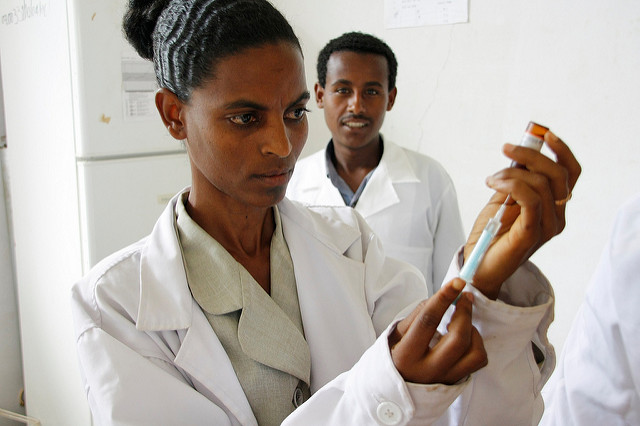 Vaccines are known to save lives and protect against diseases, but now can be credited for preventing poverty as well. A study done at Harvard University alongside Gavi, the Vaccine Alliance researched the economic effects of vaccines for 10 different diseases in 41 developing countries. The study concluded that vaccines would help to prevent
Vaccines are known to save lives and protect against diseases, but now can be credited for preventing poverty as well. A study done at Harvard University alongside Gavi, the Vaccine Alliance researched the economic effects of vaccines for 10 different diseases in 41 developing countries. The study concluded that vaccines would help to prevent 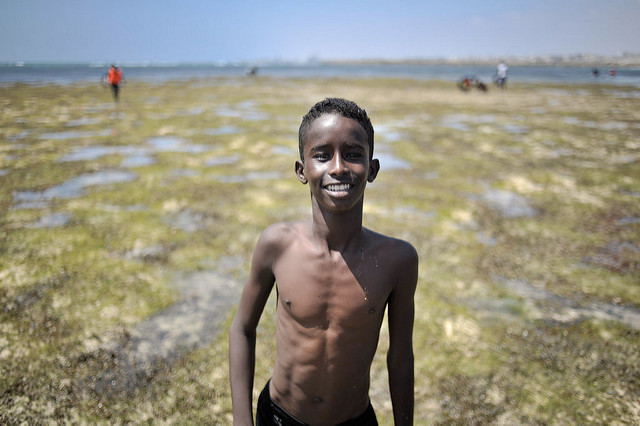 The ONE Campaign is an advocacy organization of more than nine million people around the world taking action to end extreme poverty and preventable disease, particularly in Africa. The accomplishments of ONE have been achieved through their work of raising public awareness and educating policymakers about the importance of smart and effective policies and programs to save those in the poorest countries. They engage in grassroots and direct advocacy with policymakers and key influencers around the world in support of such policies and programs.
The ONE Campaign is an advocacy organization of more than nine million people around the world taking action to end extreme poverty and preventable disease, particularly in Africa. The accomplishments of ONE have been achieved through their work of raising public awareness and educating policymakers about the importance of smart and effective policies and programs to save those in the poorest countries. They engage in grassroots and direct advocacy with policymakers and key influencers around the world in support of such policies and programs.